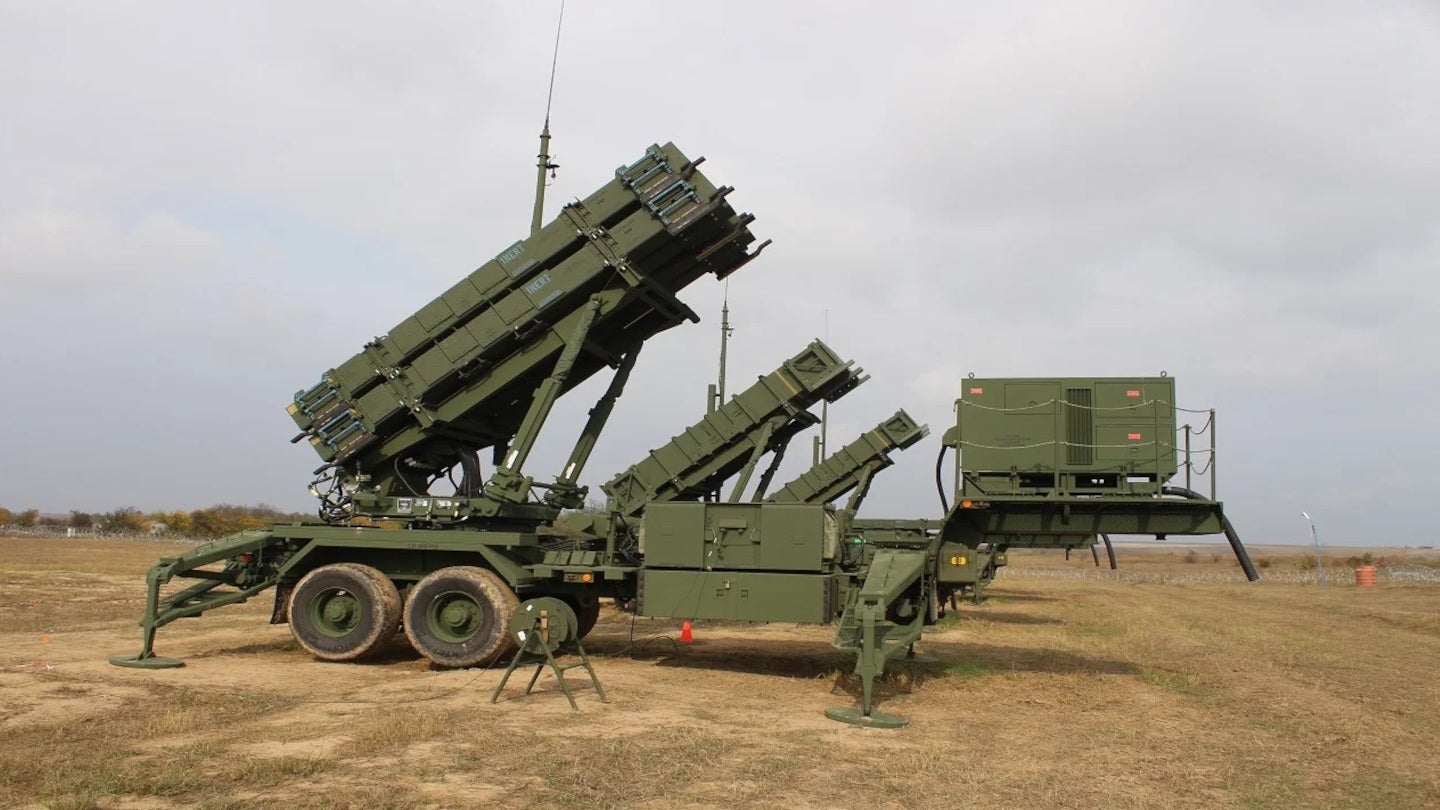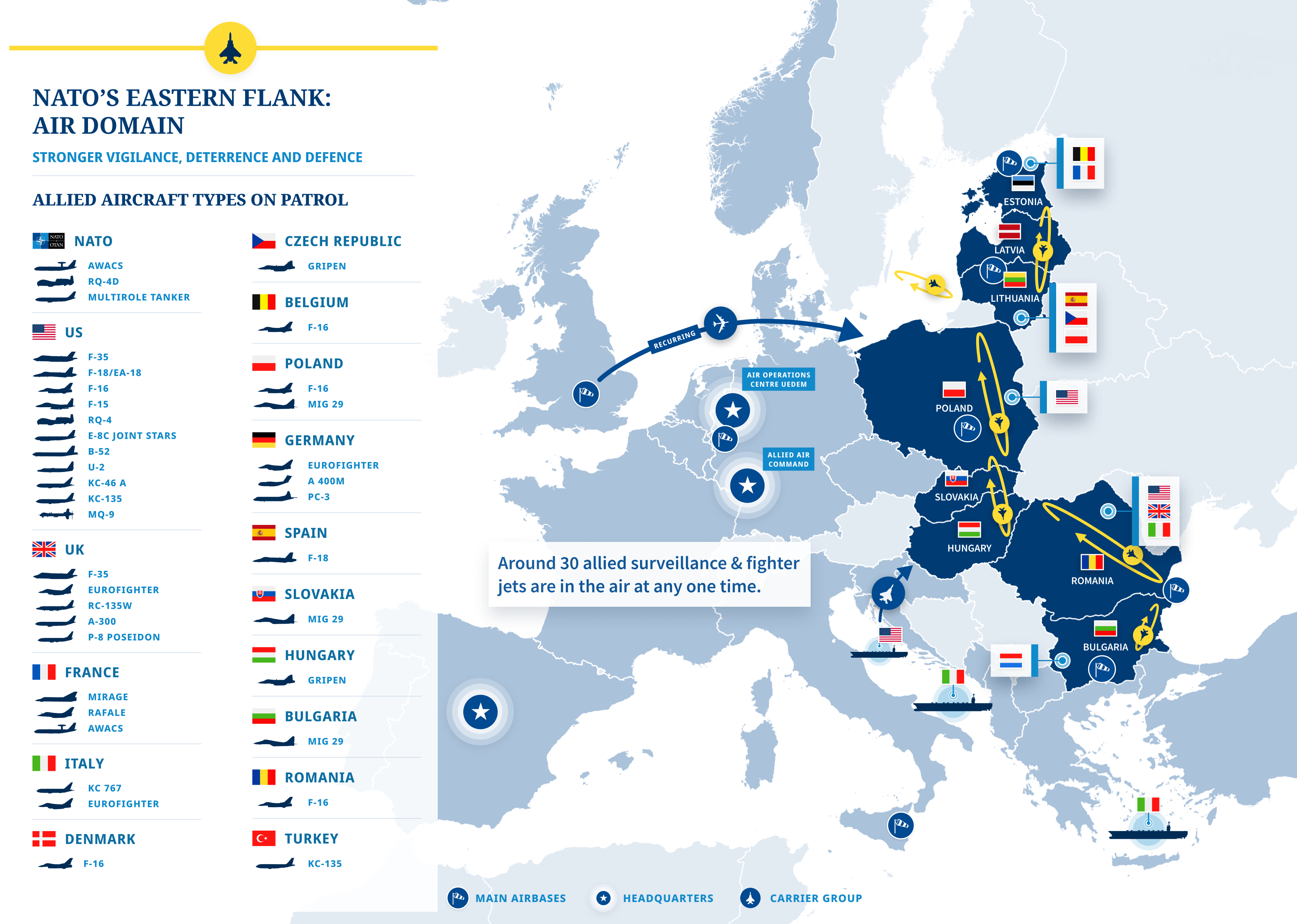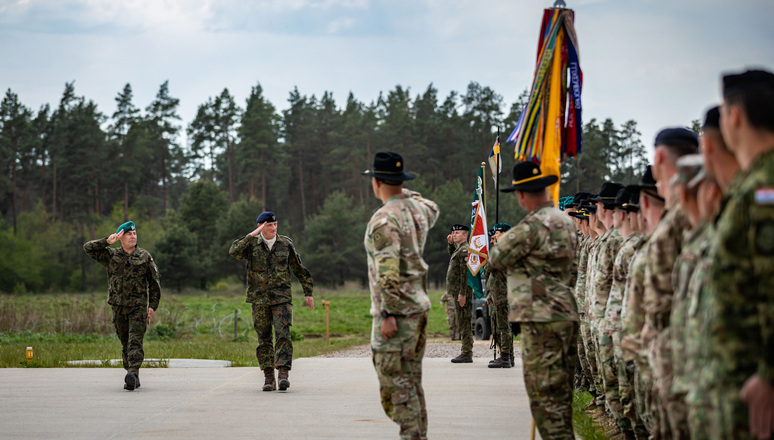
Poland’s Defense Revolution - A $2 Billion Missile Deal, Nuclear Aspirations, and the Birth of Europe’s New Frontline
Poland’s Defense Revolution: A $2 Billion Missile Deal, Nuclear Aspirations, and the Birth of Europe’s New Frontline
Beneath the medieval spires of Kraków’s Old Town, a 21st-century defense revolution is quietly but definitively taking shape. In a move that underscores its transformation from NATO periphery to keystone, Poland has inked a landmark $2 billion agreement with the United States to bolster its Patriot missile air defense systems—just one plank in a sweeping national strategy that’s redrawing the security map of Europe.

This is not just procurement—it’s preemption. The deal marks a new phase of Poland’s Wisła program, a layered air defense shield aimed at neutralizing threats from tactical ballistic missiles and maneuverable airborne weapons, many of which are now fixtures of Russia’s warfighting toolkit in Ukraine. As Russian aggression deepens and U.S. geopolitical consistency grows uncertain, Poland is not merely reacting. It is redefining deterrence.
The Wisła Program is Poland's multi-phase air defense initiative. It serves as a key component in establishing the country's overall layered air defense system.
A Deal Inked in Urgency: Inside Poland’s Patriot Expansion
The Patriot agreement, formally announced by Defense Minister Władysław Kosiniak-Kamysz in Kraków, covers logistical and technical support, spare parts, training, and long-term maintenance of existing Patriot batteries. While not flashy, these components are the lifeblood of operational readiness.
“This is more than optics,” said one defense analyst familiar with NATO procurement. “It’s about resilience. You don’t buy Patriots to sit idle—you build a sustainable system to keep them fully alert, fully armed, 24/7.”
Poland already owns several Patriot units, but this deal ensures they are battle-ready amid fears of Russia expanding hybrid and kinetic operations across Eastern Europe. Kosiniak-Kamysz didn’t mince words: “The safety of Polish skies has no price.”
This commitment comes as Warsaw leads NATO in defense spending relative to GDP—allocating a staggering 4.1% in 2024, a figure unmatched across the alliance.
Table: Defense Spending as a Percentage of GDP by NATO Members (2024)
| Country | Defense Spending (% of GDP) |
|---|---|
| Poland | 4.12% |
| Estonia | 3.43% |
| United States | 3.38% |
| Latvia | 3.15% |
| Greece | 3.08% |
| Lithuania | 2.85% |
| Finland | 2.41% |
| Denmark | 2.37% |
| United Kingdom | 2.33% |
| Romania | 2.25% |
| Spain | 1.28% |
| Italy | 1.49% |
| Canada | 1.37% |
Beyond Missiles: The Rise of a 500,000-Strong Army—and Nuclear Whispers
The missile system support package is only one gear in a rapidly turning military-industrial engine. Prime Minister Donald Tusk has unveiled ambitions for a 500,000-strong army, a force size unseen in Europe since the Cold War. At the same time, Poland is acquiring F-35 jets, German Leopard tanks, and Korean K9 howitzers—turning its defense procurement strategy into what one security expert called “NATO’s eastern muscular arm.”
More controversially, President Andrzej Duda has floated the idea of hosting U.S. nuclear weapons on Polish soil—a direct response to Russia’s tactical nuclear deployments in neighboring Belarus.
Did you know that NATO's nuclear sharing policy allows non-nuclear member states to host U.S. nuclear weapons and participate in their delivery during wartime? Countries like Germany, Belgium, Italy, the Netherlands, and Turkey store U.S. B61 bombs under American control, with dual-capable aircraft ready for deployment if authorized. This arrangement strengthens alliance solidarity and deters adversaries, but it has sparked debates about its compliance with the Nuclear Non-Proliferation Treaty (NPT). Regular exercises like "Steadfast Noon" ensure operational readiness, while modernization efforts, such as the updated B61-12 bomb, enhance precision and flexibility.
This nuclear overture has electrified diplomatic circles. While no formal commitments have been made, the mere suggestion signals Warsaw’s willingness to shatter post-Cold War taboos. “Poland sees the nuclear issue not as escalation, but as reassurance,” said a European strategist. “It’s about eliminating ambiguity. They’re asking, ‘Will you defend us—yes or no?’”
Hybrid War Without Warning: Cyber, Sabotage, and Subversion
Poland's shift isn't hypothetical. Officials in Warsaw allege that Russia is already waging war—not with tanks, but with sabotage, cyberattacks, and disinformation. These low-cost, high-impact tactics have targeted critical infrastructure and sown discord across the Polish political spectrum.
One Polish intelligence official warned of “continuous, multi-vector hybrid campaigns” that blend digital warfare with real-world subversion. “We’re not preparing for war,” they said. “We’re already in one. The battlefield is just harder to see.”
These realities have fueled Poland’s controversial decision—alongside the Baltic states—to withdraw from the Ottawa Convention banning landmines, citing the need for flexible defenses on vulnerable borders.
Summary of the Ottawa Convention: Key Details and Impact
| Aspect | Details |
|---|---|
| Official Name | Convention on the Prohibition of the Use, Stockpiling, Production and Transfer of Anti-Personnel Mines and on their Destruction |
| Adoption | 1997 |
| Entry into Force | March 1, 1999 |
| Key Objectives | - Ban use, production, stockpiling, and transfer of anti-personnel mines - Destroy stockpiles and clear mined areas - Assist victims and affected communities |
| Initiator | Canada (Ottawa Process, 1996) |
| Number of Parties | 165 states (as of 2025) |
| Non-Signatories | United States, Russia, China, India, Pakistan |
| Impact | - Over 40 million landmines destroyed - Significant reduction in casualties - Cleared many mined areas globally |
| Challenges | Continued use by non-signatory states and in conflict zones |
A European Deadline, An American Deadline, and a Looming Russian Clock
While Warsaw sharpens its deterrent, diplomatic clocks are ticking louder. U.S. President Donald Trump has issued what he termed a “psychological deadline” for Russia to agree to a ceasefire in Ukraine. If unmet, the U.S. could impose secondary tariffs on Russian oil, threatening to fracture Moscow’s remaining revenue lifelines.
Did you know that secondary sanctions are a powerful tool used by countries to enforce their foreign policy objectives globally? Unlike primary sanctions that target entities within their jurisdiction, secondary sanctions penalize foreign entities that engage with individuals or businesses already under sanctions. This extraterritorial approach allows countries like the U.S. to influence international behavior by threatening to restrict access to their financial systems or markets. For instance, secondary sanctions have been used against entities dealing with Iran, Russia, and North Korea, aiming to curb activities deemed threatening to global stability. Violations can lead to severe penalties, including asset freezes and exclusion from major financial networks, making secondary sanctions a significant diplomatic and economic lever in international relations.
Across the Atlantic, Finnish President Alexander Stubb has proposed a European ceasefire deadline of his own—arguing that only clear consequences, including sanctions, will constrain Russian adventurism.
But for many in Warsaw, these moves are viewed with skepticism. “Deadlines don’t stop missiles,” one Polish security adviser noted. “Steel, soldiers, and systems do.”
Compounding these fears, Ukrainian intelligence has surfaced four long-term Russian war scenarios involving Poland—ranging from hybrid destabilization to full-scale regional conflict, with a “resolution of the Ukrainian issue” by 2026 a strategic priority.
Fractures and Flashpoints: Not All Allies Agree
Despite Poland’s rationale, not everyone is aligned. Critics within NATO fear that Poland’s aggressive posture—especially its nuclear flirtations and exit from key arms treaties—could fracture alliance cohesion and provoke unnecessary escalation.

“NATO was built on balance,” said one Western diplomat. “When one member veers off into unilateralism, the alliance loses symmetry. Poland must be careful not to become both a shield and a fuse.”
Legal and logistical concerns loom as well. Poland lacks domestic nuclear infrastructure, and nuclear sharing would require broad consensus within NATO and reinterpretation of existing treaties. The political cost of alienating Germany or France could be steep.
Yet for many in Warsaw, these concerns pale next to what they see as a collapsing post-Cold War order. “Russia responds to force, not forums,” an Eastern European military official stated bluntly.
A Shock to the Markets: Deterrence as a Catalyst for Capital Realignment
Investors are beginning to take note. Defense stocks—particularly Raytheon (which produces the Patriot) and Lockheed Martin (maker of the F-35)—are seeing bullish sentiment amid Poland’s surge in demand. Analysts forecast sustained upside for defense equities and cyber-security firms as Europe re-arms.

Conversely, energy markets may face turbulence. If U.S. secondary sanctions are imposed on Russian oil, global prices could spike—especially if Russia accelerates its strategic pivot to non-Western buyers or retaliates via cyber-disruption of European energy grids.
Poland’s moves may also catalyze a “New European Iron Dome”—a multi-layered air defense system co-developed with U.S., French, and possibly even Israeli support. Such an initiative would fundamentally reshape European defense tech markets and procurement pipelines for decades to come.
Layered air defense uses multiple types of defense systems—often categorized by short, medium, and long ranges—operating together to protect airspace. This integrated approach (sometimes called an IADS) aims to provide comprehensive protection against various airborne threats at different altitudes and distances.
The Birth of a New Strategic Order?
Poland is not merely reacting to threats—it is shaping a new European security architecture, one defined by rapid militarization, strategic clarity, and an unflinching view of Russian intent.
Whether this boldness ensures peace or accelerates conflict remains an open question. But one fact is clear: Poland has stepped forward as the de facto guardian of NATO’s eastern flank, with all the burdens and consequences such a role entails.

It is a gamble with profound implications—not just for Warsaw, but for Washington, Brussels, and beyond.
As one Eastern European strategist put it: “Poland is not waiting for history to repeat. It’s writing its own chapter now.”